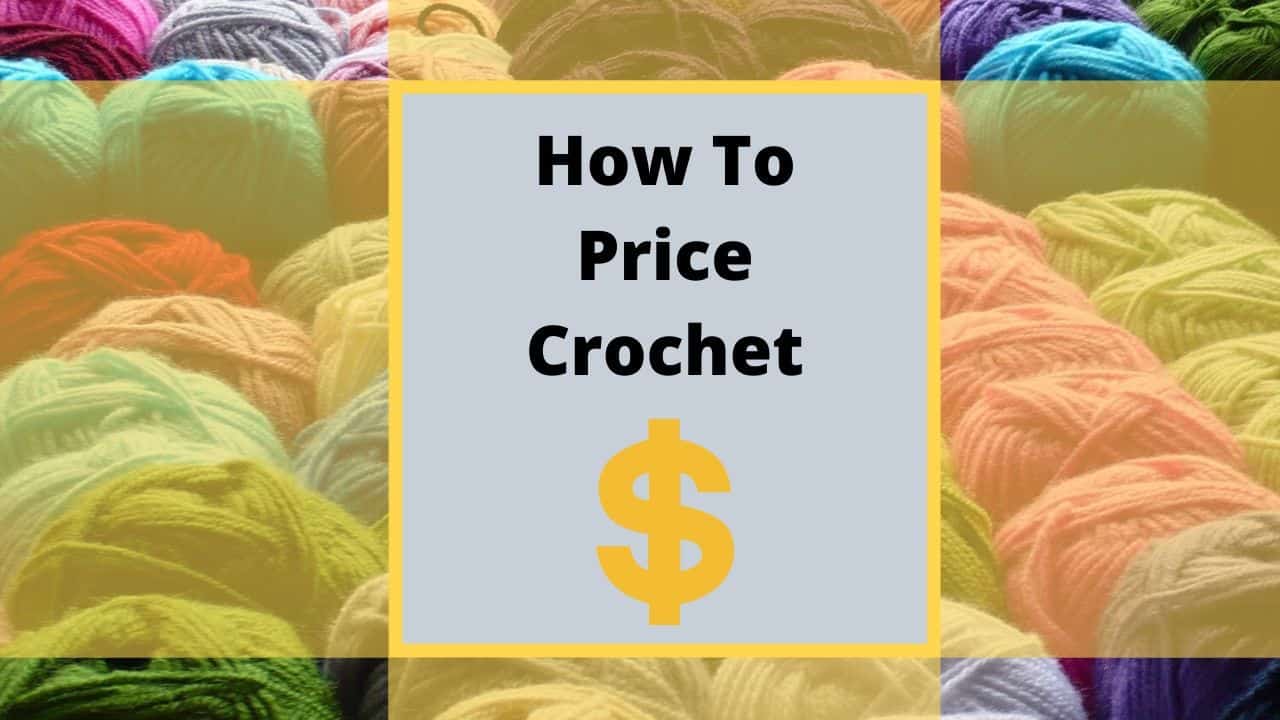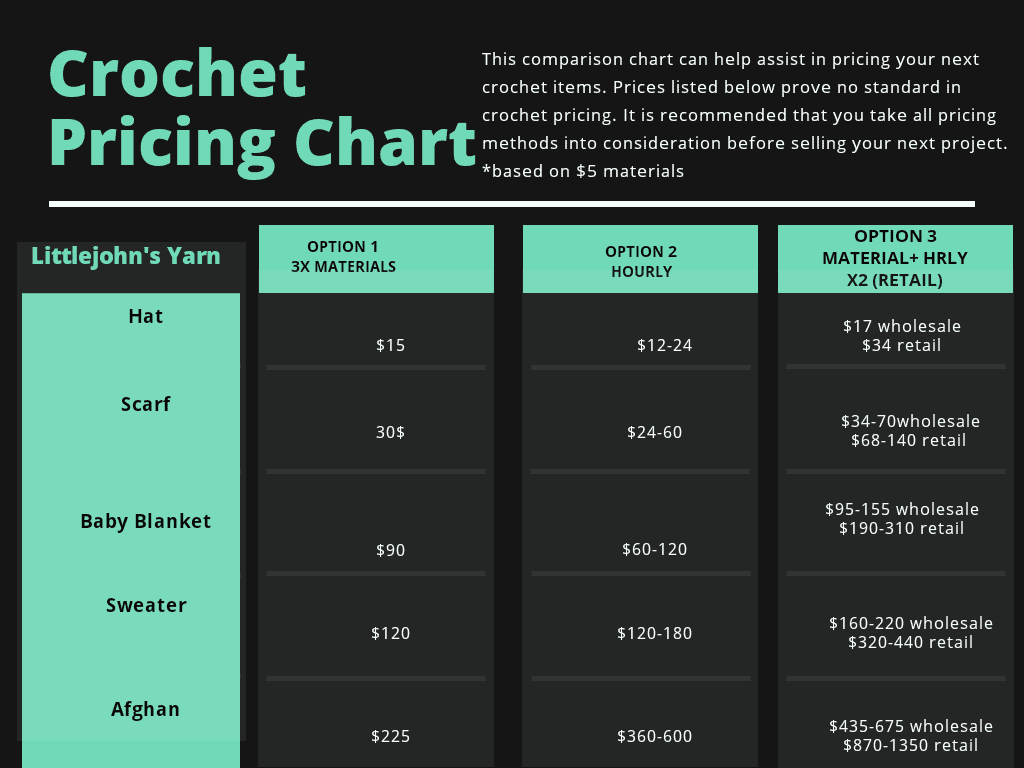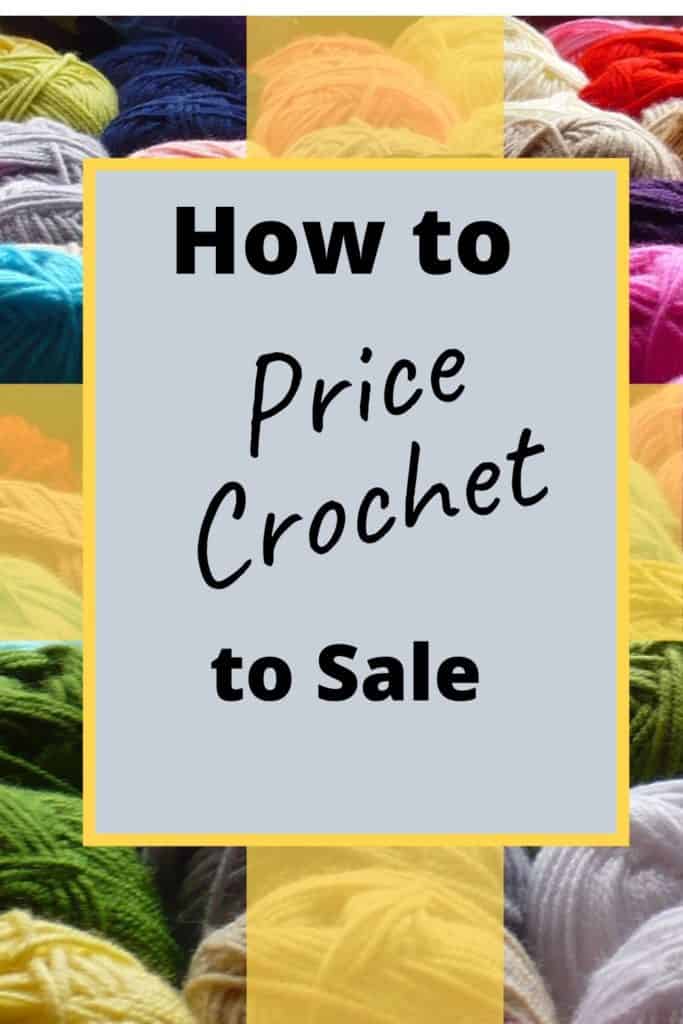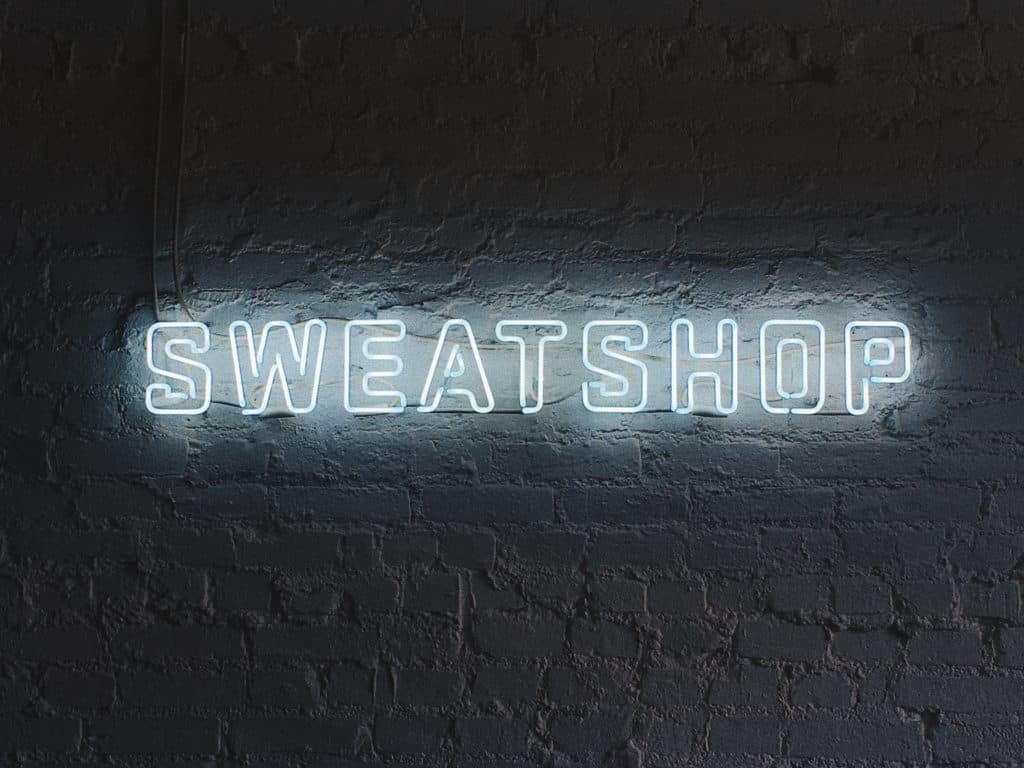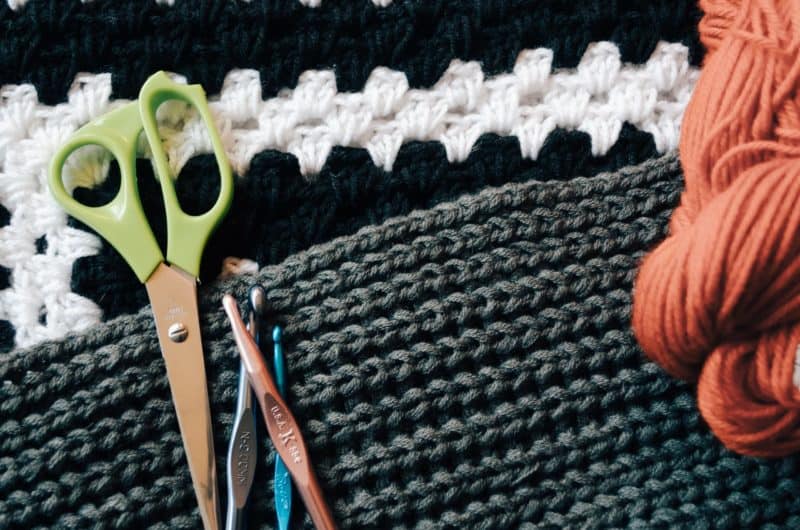How to price crochet items
How to price crochet items is one of the most difficult tasks. This is one of the most asked questions that I receive. Unfortunately, there is no set price for most crochet projects.
There are 3 popular options that you can use to assist you in pricing your next crochet project to sell.
Why do crocheters undercharge?
Crochet has always been a craft of the heart. I can remember my grandmother making baby blankets for anyone who had a bundle of joy on the way. She never thought to charge for her craft.
This was her way of showing love. But you are not here to learn about “love prices”. I love you Granny Rose, but I’m running a business and need to make a profit for my time.
When handmade gifts such as crochet are given so freely, the gift receiver can’t grasp of the time that went into it. How many times have you heard, “That’s way too much for crochet”.
It’s because someone in their life probably gave as freely as my grandmother.
Guarantee, if I were to give that same person a crochet hook and said make a sweater, they would crack. You are a skilled worker!
You would never ask a construction worker to build your house for the price of materials. Hopefully, as crochet becomes more mainstream, so will our prices
Pricing online vs in-person sales
There is definitely a pricing difference from selling online to selling at craft fairs. Have you ever noticed that online prices for crochet are much higher than at craft shows?
Attend any local craft fair and you will see the incredibly low prices for crochet items. Crocheters are notorious for under-selling themselves at craft shows.
This is my opinion, but I blame ourselves. We spend months preparing for the craft show. Making enough inventory to fill an entire table. Creating options in every color.
Then having an overstock of inventory that just won’t sell. Therefore, we drop our prices even lower
Let’s also remember the type of customers that are at these events. They are looking for ANY great unique handmade items at rock bottom prices. Crochet is not the only reason the shopper attends these shows.
You will see an assortment of vendors. You’ll even get the occasional price haggler. Couple this with heavy competition, we feel we have to keep our prices low.
My tip in competing with craft fair prices is looking the part. Have a wonderfully crafted display that showcases your hard work. When a customer asks why an item costs so much, kindly explain the work that goes into crochet.
There is no such thing as a crochet machine.
Personally, that is why I prefer to sell items online and use craft fairs for my overstock. Online you have a larger base of customers who are specifically looking for crochet items.
You are also able to market yourself on many social media platforms to bring customers to you.
You can potentially grow a large customer base from around the world. After building a reputation online, you’ll be able to increase your prices even higher than your competition.
If you would like to learn more about how to sell online check out this article HERE.
What are the options for charging?
There are 3 popular options for pricing your crochet. Charging materials time 3, hourly, & lastly a combination of the first two. We will look at all three and find out which is the right choice for you.
Charging materials times 3.
This is my least favorite way to charge a client for a commissioned item. This form of pricing doesn’t take into account the amount of labor put into the project. Remember how I said crochet is a craft of love?
Well, we can see how that factors in when it comes to using this form of calculation. Let’s take a closer look.
*Timing is based on my own personal crochet experience
*Price based on a $5 skein of yarn
Example.
Crochet hat created with double crochet
Labor: 1-2 hours hrs
Price: $15
Profit: $10
Amigurumi stuffed animal
Labor: 5-6 hrs
Price: $15
Profit: $10
Can you see how this is a bad way to figure out the prices of your handmade items? Crochet is very labor-intensive work. There is a knitting machine and sewing machine. Guess what?
There is no such thing as a crochet machine. Each stitch is created by hand.
You can see from the example above how a simple stitch crochet hat is less labor-intensive than amigurumi.
Let me be the first to say that I will never do a crochet amigurumi project for only $10! This is one of the most time-consuming & labor-intensive forms of crochet.
To the untrained eye, amigurumi is a small, cute & quick project. We all know it’s not. Don’t undercharge yourself using an out-of-date pricing system.
Charging per hour at a rate of $12.00
Charging by the hour is a better choice than the previous option. You won’t have to do any fancy calculations to figure out how much to get paid. Charging by the hour takes into account how much time you put into your customer crochet creation.
As with most things, you will find some downfalls to using this technique, such as crochet speed is dependent on the creator. It will vary from artist to artist.
Example
Labor: 30 mins-1hr
Materials: $5
Price: $6-12
Profit: $1-7
Afghan
Labor: 10 hrs
Material: $75
Price: $120
Profit: $120- 75= $45
In these examples the pay discrepancy is obvious. With the hat, you are making $1-7 a profit! At least with afghan, you make a little more money, but when you subtract the cost of materials, are you truly getting $10 hr?
$45 / 10hrs = $4.5 a hr
Call the labor department on yourself because you are paying yourself sweatshop wages. Why would you choose to make less than minimum wage?
Charging per hour & adding materials.
After a lot of trial and error. I found this to be a better option to calculate the price for your next commission crochet project.
This one involves more brainpower than the previous two options, but you will earn the money that you deserve. I found this tip on the Crochet Entrepreneur website.
Like the previous two, this option has some caveat. Before we get to those, let’s look at a few examples.
Materials & hourly: Material + (hour rate x 1) = (wholesale price) x 2 = (retail price)
Examples of All Options Used
Hat 1-2 hrs 1 skein
Option 1: $15
Option 2: $12-24
Option 3: $17, $34 (retail)
Scarf 2-5 hrs 2 skeins
Option 1: $30
Option 2: $24-60
Option 3: $34-70 (wholesale), $68-140 (Retail)
Baby blanket 5-10 6 skeins
Option 1: $90
Option 2: $60-120
Option 3: $95-155 (wholesale), $190-310 (retail)
Sweater 10-15 hr 8 skeins
Option 1: $120
Option 2: $120-180
Option 3: $160-220 (wholesale) $320-440 (Retail)
Afghan 30-50 hrs 15 skeins
Option 1: $225
Option 2:$360-600
Option 3: $435-675 (wholesale), $870-1350 (retail)
Which method do I use?
As you can see the price range varies wildly depending on what option you use. I don’t recommend using the 3x material option. Depending on what project you are making you can really under sale yourself.
We are here to make a profit not give away to charity (nothing wrong with that).
I recommend using option 3 (wholesale, retail price) combined with a little bit of research. Depending on what you are creating, retail prices such as the afghans can send your customers running.
$1350 for a crochet afghan can be a scary price (even though you deserve it).
I like to use the whole – retail price as a range, then look online for other comparable pricing. Etsy is a great price to see what the competition is pricing crochet items to sell.
Below, I’ll leave you a few charts to help you in your charging process.
Charts
*The information that is used in the info graphs above were calculated using information from Lion Brand & Allfreecrafts

